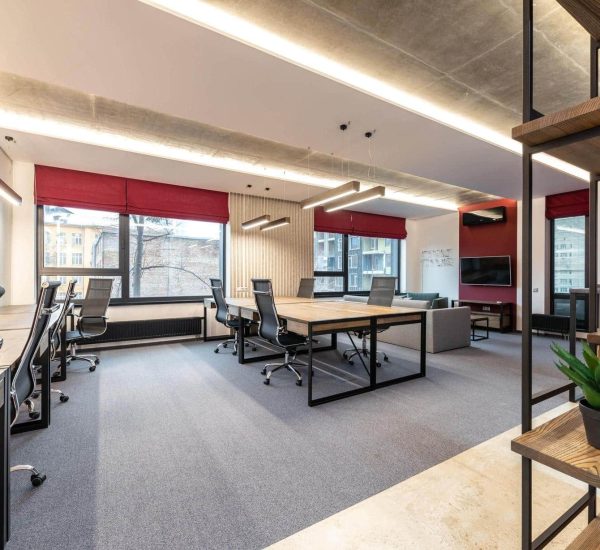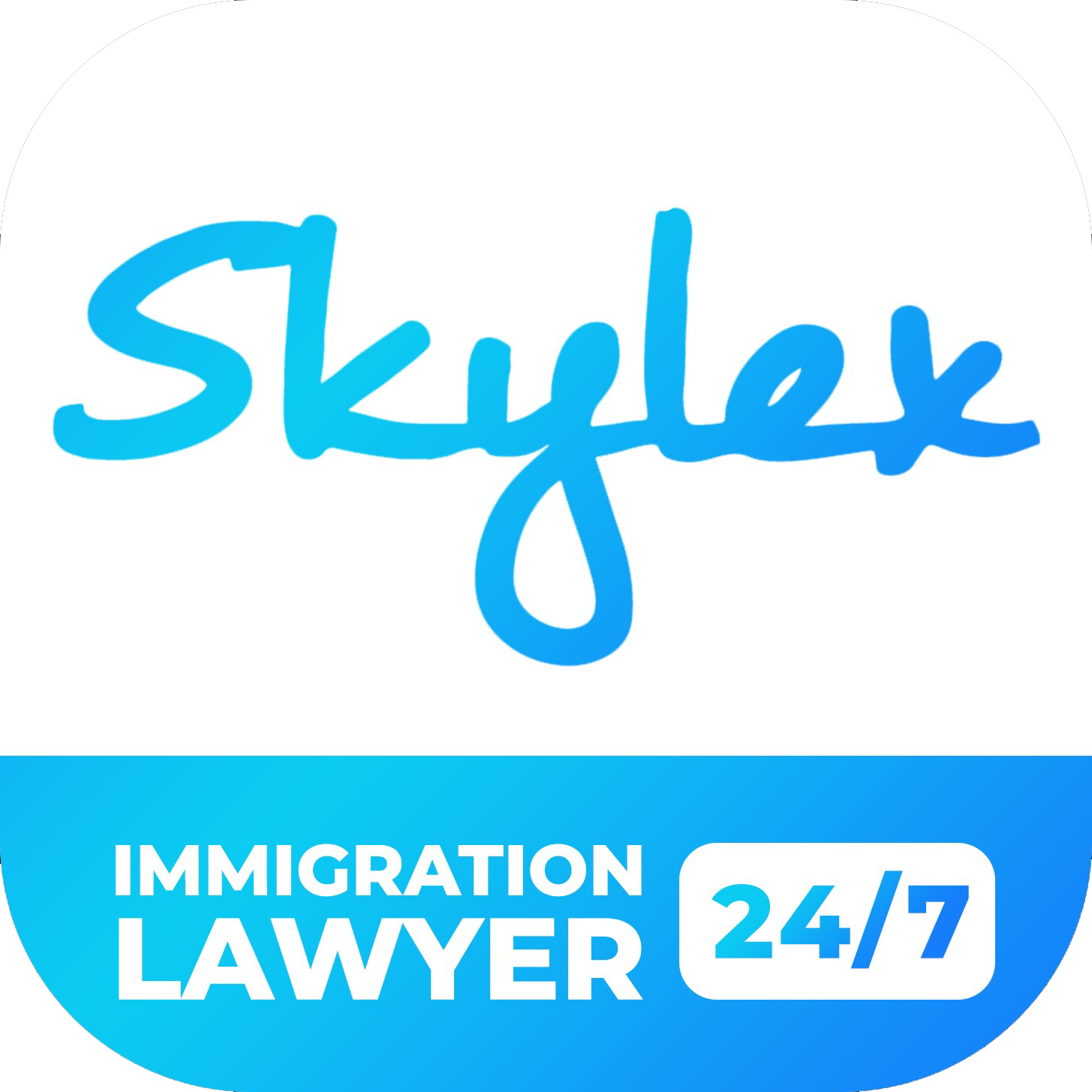Skylex Immigration Lawyer | Solution to any immigration problem
- About
- Immigration Lawyers
-
-
- O-1 Visas: Immigration Options for the Extraordinary
-
-
- Immigration Fee
- Contact Us
F-1 visa
F-1 Visa From Student To Permanent Resident
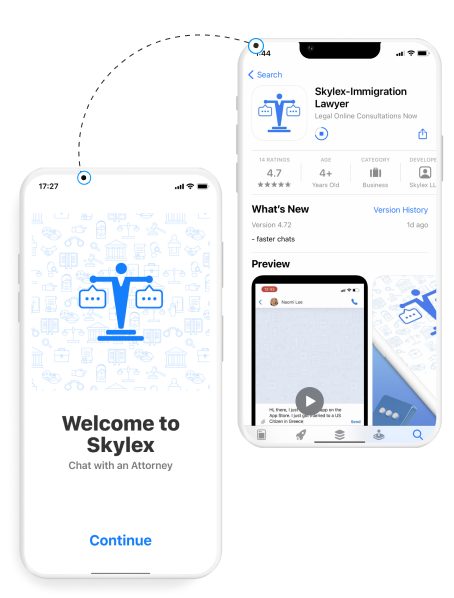

A Roadmap for F-1 Students to become Green Card Holders
In recognition of that contribution that the legal non-immigrant can provide, the United States provides unparalleled opportunities to foreign nationals to come and be a part of what’s happening in America. From those who would come as students to those who would come as workers, non-immigrants visas can open the door to opportunity. But how can a person from another country take advantage of these opportunities? What if that person hopes to become a permanent resident one day to realize his or her part of the American dream? The Skylex will try to answer that questions, beginning with a common path for foreign nationals to become U.S. Lawful Permanent Residents: the F-1 Student visa.
Part 1: The F-1 Student Visa


- Form I-20 signed by the student and the school’s DSO
- SEVIS I-901 receipt
- MRV (Machine Readable Visa) fee receipt (shows payment of the visa application fee)
- One 2”x2” photograph that meets Non-immigrant Visa photo requirements (i.e. a passport style photograph)
- Signed passport (this passport must be valid for at least six months after entry into the US)
- Description of the student’s intended program of study
- Scores from standardized tests required by the school (TOEFL, SAT, ACT, GRE, etc.)
- Diplomas or Transcripts from current or previous schools
- Housing information (showing where the applicant will reside during his or her study)
- Evidence of the financial resources needed to cover tuition and living expenses for at least one year of study (i.e. tax documents, bank statements, etc)
- Any additional forms as requested by the US Embassy or Consulate
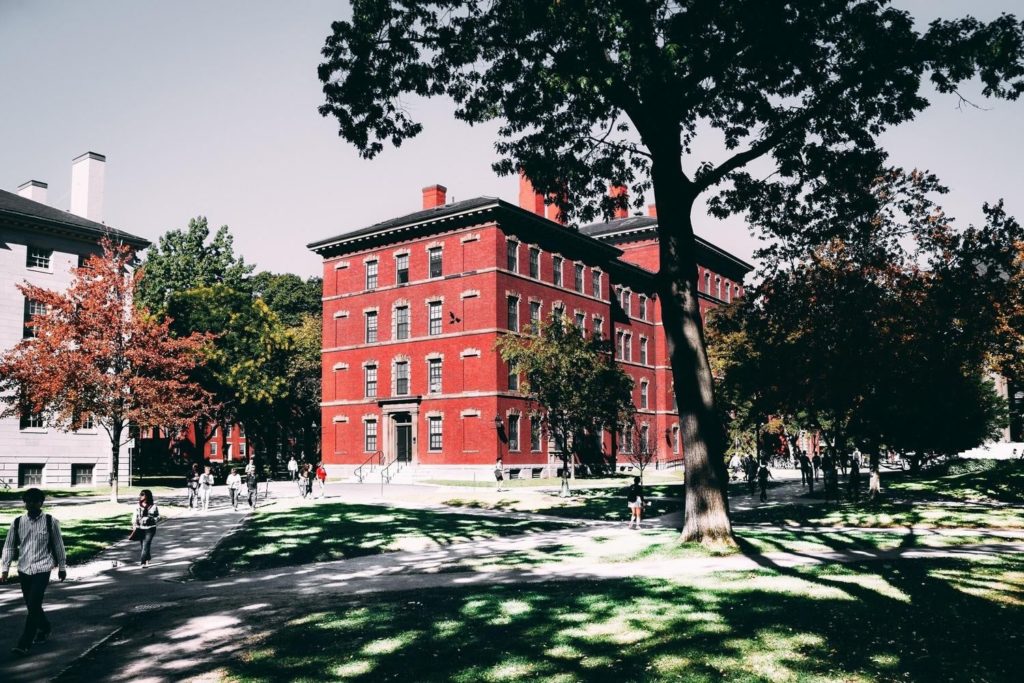

- Form I-20 signed by the student and the school’s DSO
- A valid passport that is good for at least six months from the date of the beginning of the course of study
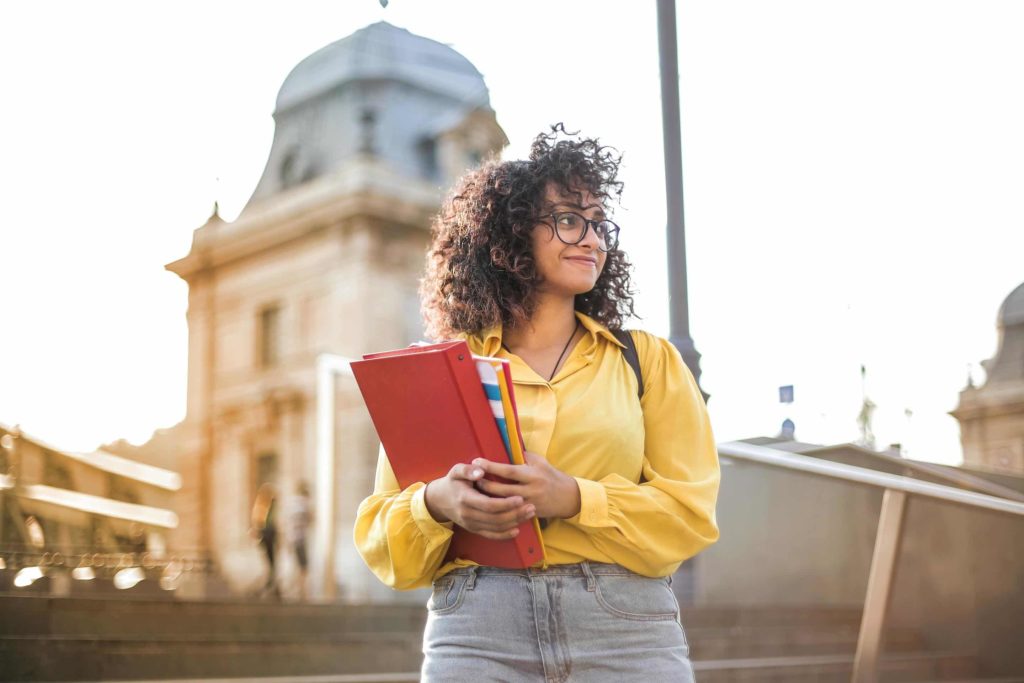

- A valid visa that contains the student’s SEVIS identification number and the name of the school of study
- Form I-94 (Arrival-Departure Record)
- Financial documentation
How to Get a U.S. Student Visa (F-1) Skylex
Different Options to Work While an F-1 Student
- On-campus employment:

“On-campus employment” is defined as:
- Any work for which the student is directly compensated by the school
- Work for an outside employer so long as the work place is at the school and provides direct services to students (i.e. food services provided at the school through a third-party company)
- Work at an off-campus location that is affiliated with the school and a key part of the student’s field of study

Off-campus employment:
- OPT (Optional Practical Training)
- (B) CPT (Curricular Practical Training)


(C) International Organization Employment.
(D) Economic Hardship Employment.


Part 2: Work Visas After F-1 Status
In order to receive the F-1 OPT, the student must:
- Complete and submit an OPT application to the DSO so that a new I-20 with an OPT recommendation can be issued
- Complete Form I-765 (Application for Employment Authorization)
- Submit the new I-20 with the OPT recommendation and Form I-765 and photocopies of all required supporting documents to the USCIS within 30 days of the issue date of the new OPT I-20.
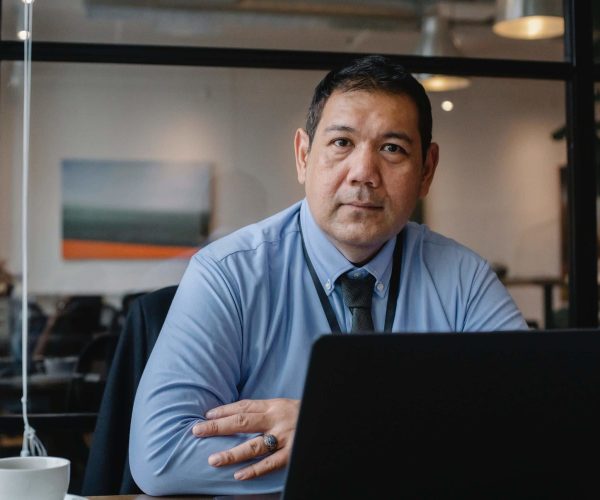
LATE APPLICATIONS WILL BE DENIED BY THE USCIS

- The employer must show the need for a specialty occupation worker within the student’s field of study who has at least a four-year college or university degree or its equivalent. (In lieu of a four-year degree, three years of experience is equal to one year of education.)
- The employer must show that the specialty occupation worker will be paid at least 95% of the prevailing wage for that occupation in that geographic location.
- The employer must show that the H-1B applicant is qualified to fill the needed specialty occupation position
- The employer must file an LCA(Labor Condition Application) with the Department of Labor and post a notice of H-1B filing for ten days at each job-site where the foreign national will work.


Part 3: The Green Card


The following forms are filed with the USCIS in order to adjust status:
- Form I-485 (Application to Register Permanent Resident)
- Form G-325A (Biographic Information)
- Form I-693 (Medical Exam Results)
- Form I-765 (Permission for Work Authorization)
- All needed supporting documents
- Filing Fees
